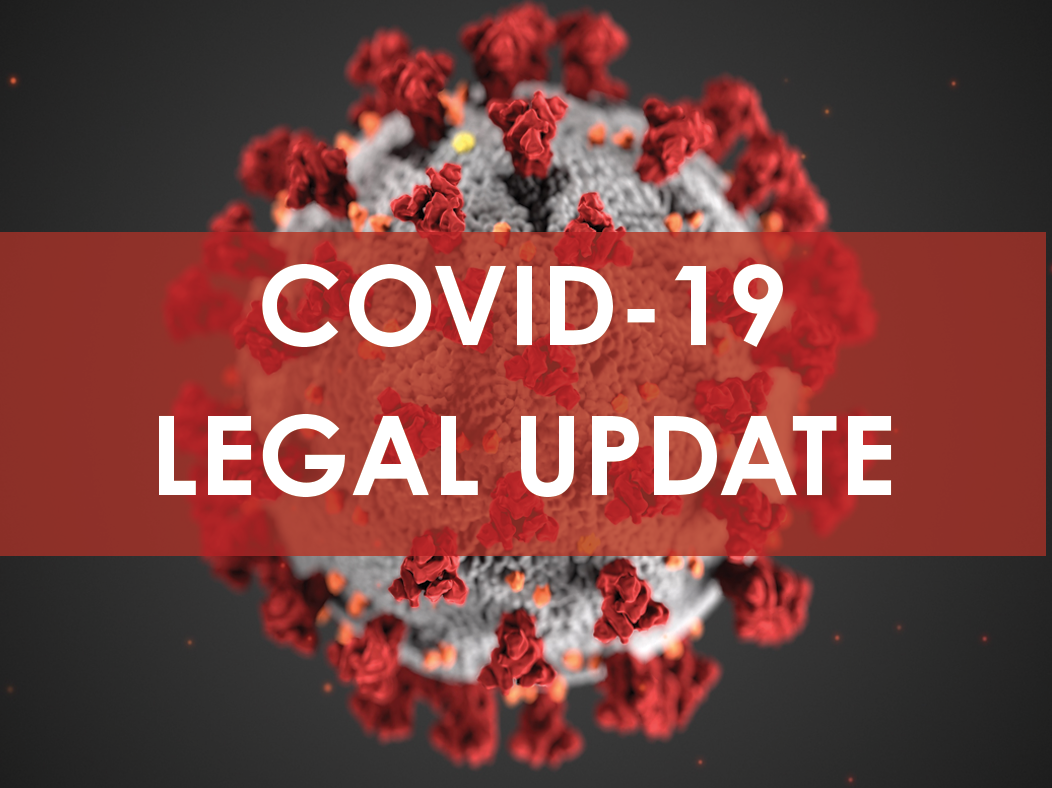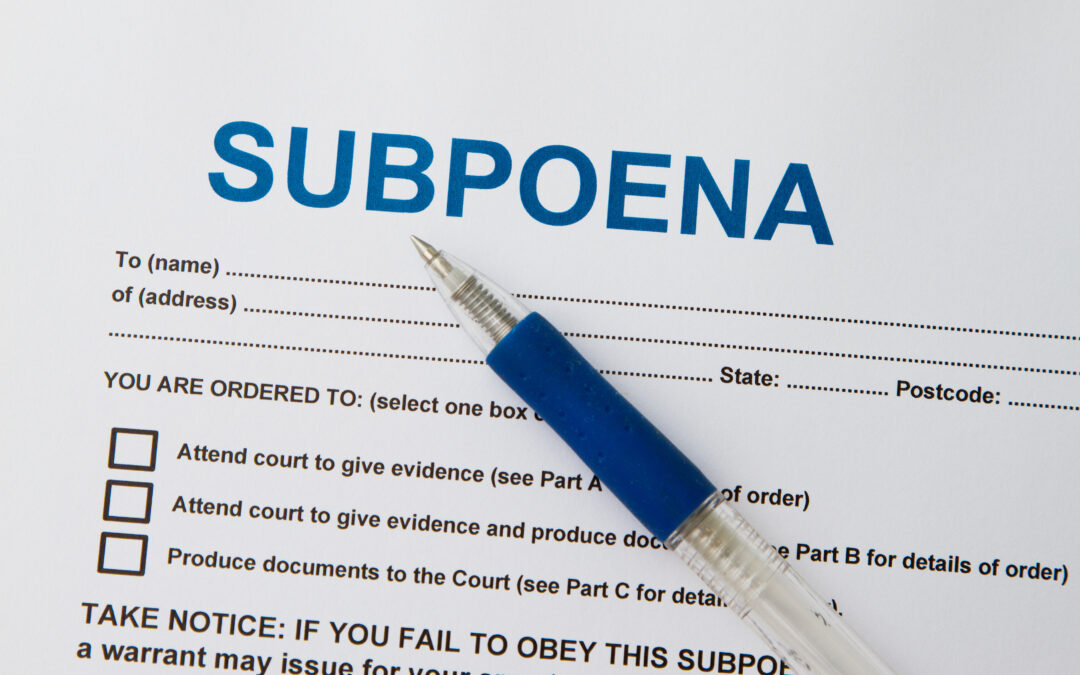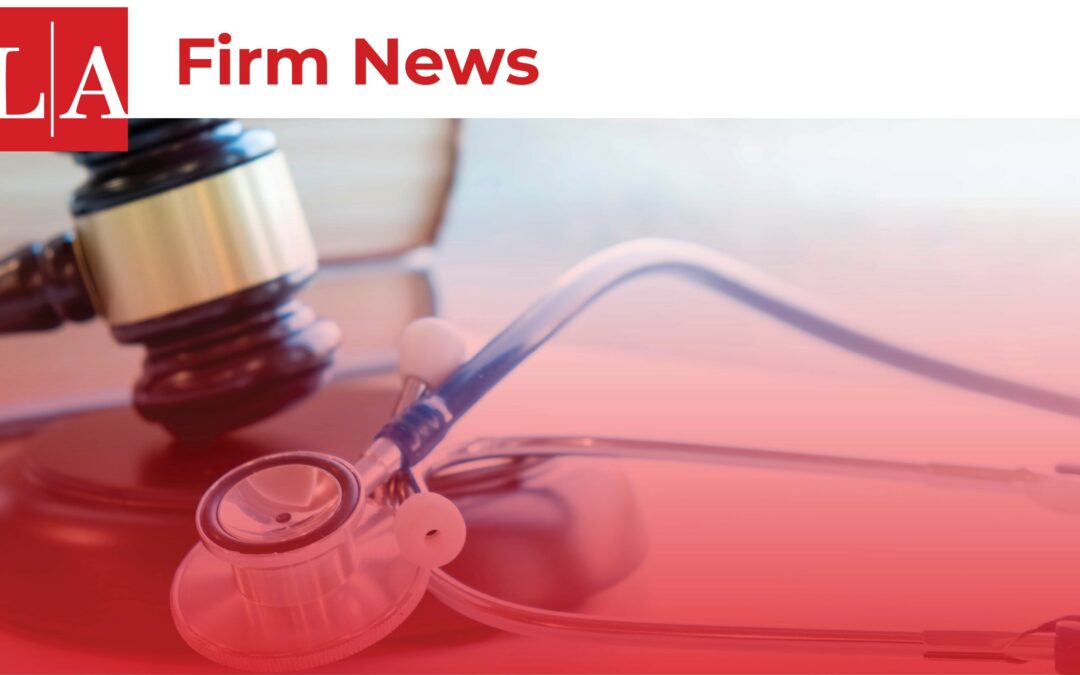Today, the Paycheck Protection Program Flexibility Act (“PPPFA”) became effective and it amends certain portions of the Paycheck Protection Program (“PPP”). Below is a summary of the key provisions and our takeaways:
- The “covered period” for purposes of PPP loan forgiveness is extended from eight weeks to the earlier of (a) 24 weeks after the loan origination date or (b) December 31, 2020. This extension provides welcomed relief for borrowers struggling to get open, re-employ staff and spend all PPP monies within an 8-week period. We expect that the SBA will issue guidance on forgivable expenses to fill in the gaps not specifically addressed by PPPFA. For example, since the maximum cash compensation paid to an employee that is eligible for forgiveness is capped at a pro-rated portion of a $100,000 annual salary, we are hopeful that the SBA will publish clarifying guidance that you may now pay up $46,153 in cash compensation to your employees during the extended 24-week covered period.
- If you received your PPP loan prior to the date of PPPFA enactment (and most every one of our clients did), you may elect for the covered period to end on the date that is eight weeks after your loan origination date. So, if you’ve already used all of your PPP funds and want to apply for forgiveness now, you need not wait 24 weeks to do so (assuming your lender is accepting loan forgiveness applications).
- PPPFA modifies the SBA’s requirement that 75% of the PPP loan forgiveness amount be used for payroll costs by now requiring that at least 60% of the PPP loan amount be used for payroll costs. The language in PPPFA appears to make the requirement to use 60% of the loan proceeds on payroll costs a condition precedent for receiving any loan forgiveness. Put another way, if you only spend 59% of your PPP loan proceeds on payroll costs, it may be that none of the loan will be forgivable. This “cliff” is a marked departure from the SBA’s original implementation of the CARES Act, which essentially pro-rated your forgiveness amount if you used less than 75% of the loan proceeds on payroll costs. We are looking for clarity from the SBA on this issue, but you should be mindful of this potential trap in the meantime.
- PPPFA removes the provision from the CARES Act prohibiting those who have obtained PPP loan forgiveness from deferring employer payroll taxes.
- The safe harbor to avoid a reduction in PPP loan forgiveness by eliminating any decreases in full-time equivalent (“FTE”) employees and/or wages is extended from June 30, 2020 to December 31, 2020. So, you have additional time to rehire FTE employees and raise wages back to their levels on February 15, 2020, and still be eligible for your full amount of loan forgiveness.
- PPPFA adds two additional safe harbors to avoid a reduction in PPP loan forgiveness. Specifically, the amount of PPP loan forgiveness will be determined without regard to a proportional reduction in the number of FTE employees if (1) you are able to document an inability to rehire individuals who were employees on February 15, 2020 and an inability to hire similarly qualified employees for unfilled positions on or before December 31, 2020, or (2) you are able to document an inability to return to the same level of business activity as before February 15, 2020, due to compliance with requirements established or guidance issued by HHS, CDC, or OSHA during the period beginning March 1, 2020 and ending December 31, 2020, related to the maintenance of standards for sanitation, social distancing, or any other worker or customer safety requirement related to COVID-19. The statute is silent, however, regarding state and local orders and guidance.
- For loans obtained after enactment of PPPFA, the maturity date for unforgiven PPP loans is now at least five years. There is still a two-year term for existing PPP loans unless the borrower and lender modify the maturity date.
Based on these most recent changes to the PPP loan program, we expect the SBA to issue new and revised guidance on the PPP loan program in the near future. Stay tuned – if history repeats itself, we will be sending emails explaining how the SBA guidance has changed or clarified PPPFA provisions.
The COVID-19 pandemic and response is an evolving situation. All levels of government are engaged in the process of preparing new legislation, regulations and orders both to stem the spread of the virus and to provide relief to employers and employees. We will continue to monitor the situation and provide updates as applicable, especially as such updates affect healthcare providers and their practices.
For more updates on this topic and other legal updates related to the COVID-19 pandemic, please visit our COVID-19 Legal Resource Page by clicking here.


